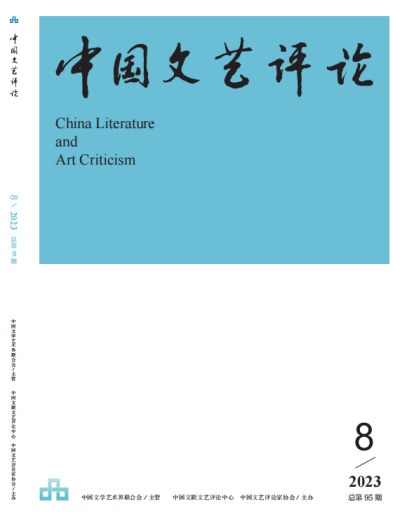
Topical Design: When Art Meets Technology
■ Humanistic Critical Tradition in the Environment of Artificial Intelligence(PP. 4-13)LI Zhen
Abstract: The rapid development of artificial intelligence has begun to affect various fields of the society, and also begun to impact literary and art criticism. The introduction of robot writing, especially ChatGPT, seems to have impacted on the status of human beings as the subject of literary criticism, as well as on the issue of the reversion of the tradition of Chinese humanistic literary criticism advocated in this paper. In this regard, the author argues that the robot, as an intelligent medium, can only be an extension of the central nervous system of human beings, and that artificial intelligence, as a kind of virtual simulation product of non-living entity, cannot ultimately replace the subject of criticism, human beings, who are the "legitimate" intelligence of living beings; algorithms cannot calculate the aesthetic experience and the robot writing cannot write academic thoughts. Therefore, literary and art criticism in the environment of artificial intelligence should adhere more firmly to the position of humanism, adhere to the "discrimination"—honing the senses and maintaining the acuity of intuition and perception. It is necessary to adhere to the "enlightenment"—quenching the mind and maintaining the profundity of experience and epiphany and adhere to the "thinking"—sharpening the thoughts and maintaining the precision of evaluation and judgment. On the issue of the reconstruction of the discursive system of literary criticism, the discursive reform triggered by artificial intelligence and the discursive mode of humanistic criticism advocated in this paper share a certain tendency in common, i.e., they tend to be based on the sensory intuition and the spoken language of pictorial narratives, which, in this way, can jointly promote the return of literary criticism to the tradition of speaking "human words".
Keywords: Artificial Intelligence, humanistic criticism, subjectivity of criticism, critical discourse
■ Defining Virtual Reality Art: From Four Perspectives(PP. 14-28)ZHOU Wen
Abstract: Virtual reality art is a brand-new art form. The meaning of virtual reality art can be defined by four perspectives: media perspective, art history perspective, viewer perspective and narrative perspective. From the perspective of media, virtual reality art has gone through the process of being defined as toys, mirrors, and then art. From the perspective of art history, with the logic of the evolution of European artistic concept, virtual reality art can be defined as "box", "grid", "frame" and then "case". From the perspective of viewer, the "digital original space" implemented by virtual reality art is the "remediation" of the real world. From the perspective of narrative, the narrative of virtual reality is the imitation of image narrative, as well as the appropriation of all previous media narrative, including the mode of panorama narrative, interactive narrative and artificial intelligence narrative. In general, virtual reality art aims at being a trigger for complex experience instead of a single object for aesthetic, and in the meantime, explaining the rationality of it being an independent art form in the multi-perspective resonance.
Keywords: virtual reality art, remediation, law of imitation, interactive narrative, metaverse
■ The Technical Logic and Influencing Factors of Empathy in Virtual Reality Documentaries(PP. 29-38)GU Yaqi
Abstract: Virtual reality as an "image-affection" originates from the integration of signals by the body. The body experience brought by tactile cognition facilitates empathy in documentaries than in literature and art. The immersion of virtual reality content creates a sense of presence through "disintermediation", interactive narratives through "interactivity", and "embodiment" through "imagination" in virtual space. This is the internal logic of the empathy effect from "technology" to "aesthetics". From a technological perspective, the focus issues caused by audience sensory discomfort and the disappearance of picture frames can to some extent reduce empathy. From the perspective of content and culture, the "reality" in virtual reality is jointly constructed by the creator and the user, and the nonfictional feature of documentaries and media ethical issues should be taken seriously. Individual experience structure and cultural circle differences are difficult to change the conceptual bias in the reception of VR documentaries. The value and function of the documentary content given by virtual reality technology should be viewed in discreetly.
Keywords:documentary, virtual reality, immersion, empathy
■ "Participatory Poetics" of Virtual Reality Art(PP. 39-56)ZHAO Linuo
Abstract: Based on comparative media studies as the research methodology, the paper discusses the organic transformation relationship between participatory culture and virtual reality technology, and tries to explain the role participation plays in the work as the technical reality, cultural premise, and poetic essence. As such, this paper utilizes the examples of "OP.VR""Before Your Eyes""To Breath" and other works to examine how virtual reality art differs from classical visual art such as scroll painting, Cezanne's painting, and panorama painting in term of participation, using the relevant theories of Arnold Berleant's, Xu Yu's and Paul Virilio's. And there are three characteristics of the participatory poetics that should be present in contemporary virtual reality art: "invitativeness", "fusion perception", and "mental image production in two-ways".
Keywords:VR/AR, participatory poetics, participatory culture, new-media art, AIGC
Critical Analyses of Works
■ "Frightmare" as a Kind of Experience of Modern Tragic Life:After Watching the Modern Drama Frightmare(PP. 57-62)WANG Jie
Abstract:The modern drama Frightmare is a work that has recently toured in major cities in China and achieved great success. Through a dramatic performance experience of Kunqu Daban and Chunshe in the War of Liberation, Frightmare combines the aesthetic forms of classical Chinese civilization and revolutionary culture in the process of Chinese-style modernization in a specific dramatic event, and successfully reactivates the programmed aesthetic forms in the theatrical performance, thus presenting a contemporary aesthetic experience and aesthetic significance. In this sense, the creation of Frightmare is a success. In addition, as a kind of artistic pursuit of Frightmare, the producer and director use the form of comedy to express and present the tragic conflict of great significance, which is a meaningful artistic exploration in this paper, and the theoretical issues raised in it are worthy of attention by academics.
Keywords: Frightmare, The White Haired Girl, comedic expression of tragedy, drama criticism
Talk on Literary and Art Creation
■ HAN Yufeng: Seventy Years in a Hurry, Old Man's Heart Unchanged (PP. 63-73)Interviewed byWANG Shu
Random Thoughts on Art
■ "Be-organized" Again: Urban and Rural Narrative Discourse in Contemporary TV Drama (PP. 74-82)LIN Wei
Abstract: Urban-rural integration is a trend toward urbanization. Taking rural themed TV dramas for example, it can be seen that there is still an urban-rural relationship centered around the countryside. In the past decade of rural themed TV dramas, there have been three narrative discourses of urban-rural integration: firstly, political integration based on rural identity; secondly, knowledge integration based on modern technology; thirdly, order integration based on spiritual civilization. "Be-organized" is an important experience of the Party's rural work during the Yan'an period. From the current urban and rural narrative in the TV series, it can be seen that the new "Be-organized" Again is becoming a new style of Chinese-style modernization in the dimension of urban-rural integration and development.
Keywords: urban-rural relationship, urban and rural narrative, TV dramas, "be-organized"
■ The Experience of Xinjiang in Contemporary Chinese New Poetry(PP. 83-95)YANG Biwei
Abstract: Chinese New Poetry has been absorbing and transforming fresh literary experience. After the New FrontierPoetry Movement, the exploration of Xinjiang's experience by Chinese New Poetry has entered a new stage: landscape writing is no longer a single poetic showing, but also points to a more complex and profound poetic space, and responding to a practical understanding of contemporary naturalness. Behind the writing of border and ethnic customs, the "historical sharing" characteristics of Chinese New Poetry are conveyed, it witnessing the growth of Chinese language itself and the self-renewal ability of the subject of Chinese New Poetry.
Keywords: Chinese New Poetry, The Experience of Xinjiang, naturalness, sharing
■ Translations of Modern and Contemporary Chinese Literature in Spain:A Cultural Reflection on the Indirect Translation(PP. 96-107)LIU Tongyang
Abstract: In the translation activities of modern and contemporary Chinese literature in Spain, a considerable part of the Spanish versions is translated from the English or French versions. In response to this phenomenon, this paper proposes an explanation from the perspective of cultural studies: this phenomenon reflects Spain's tradition of "high recognition of Europe" at the end of the 19th century and the beginning of the 20th century. Spain wants to show that it is "homogeneous" with modern powers in Sinology and other cultural fields, so as to improve its cultural prestige in the world. This paper believes that this phenomenon shows how "Western" powers discipline the translation and introduction activities in Spain. And it also reflects the hidden operation of cultural hegemony in the translation activities in the era of globalization. This enlightens us that if we want modern and contemporary Chinese literature to truly enter Spain and other small-language countries, we need to take two paths: "promoting direct translation with indirect translation" and "contacting directly".
Keywords: modern and contemporary Chinese literature, Spain, indirect translation, cultural hegemony
Interview with Renowned Experts
■ Drawing on Historical Experience to Address Current Issues in a Contemporary Manner, promising and practicing: Interview with Art Historian XUE Yongnian (PP. 108-124)Interviewed by AN Yongxin
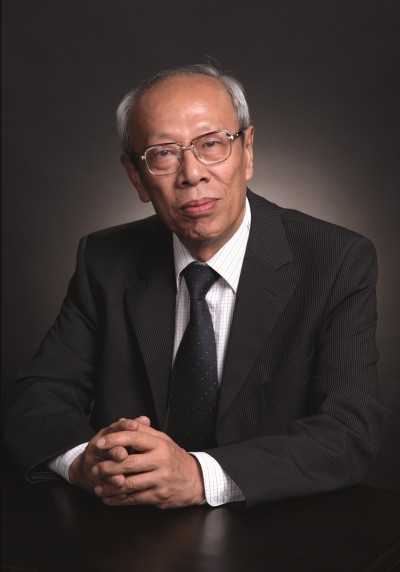
Inside Front Cover
Chinese Literary Critics: YE Peigui
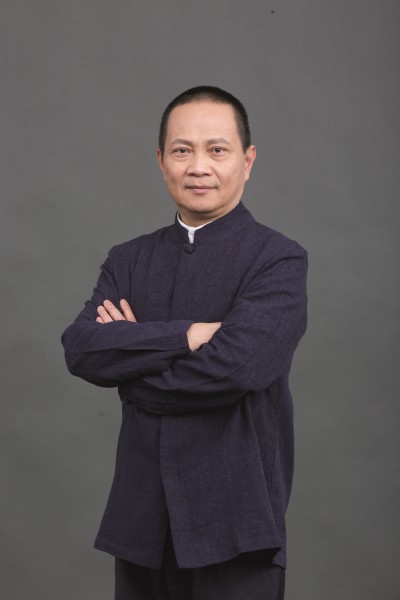
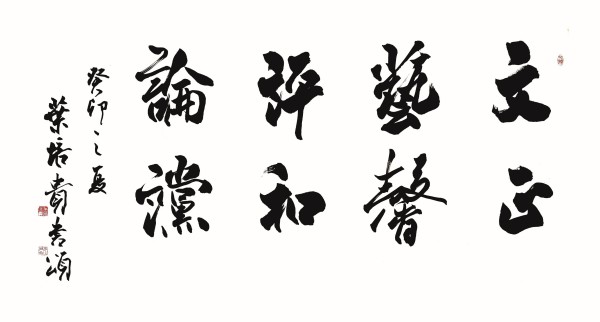
Inside Back Cover
Review of Members of China Literature and Art Critics Association:Shandong Literature and Art Critics Association
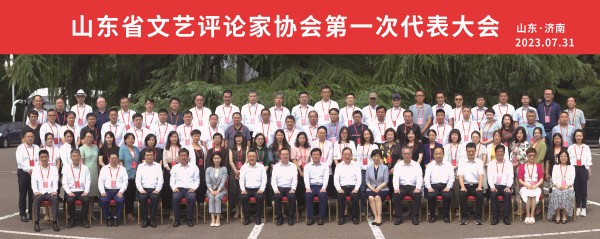
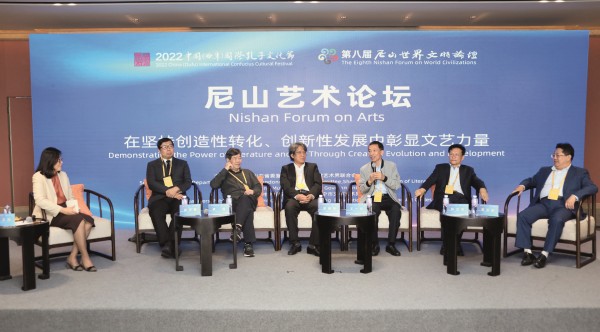
Back Cover
Poster for the 9th West Lake Forum of Young Chinese Literary and Art Critics: Tianshan Conference
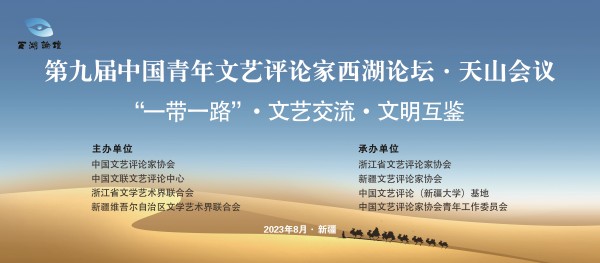
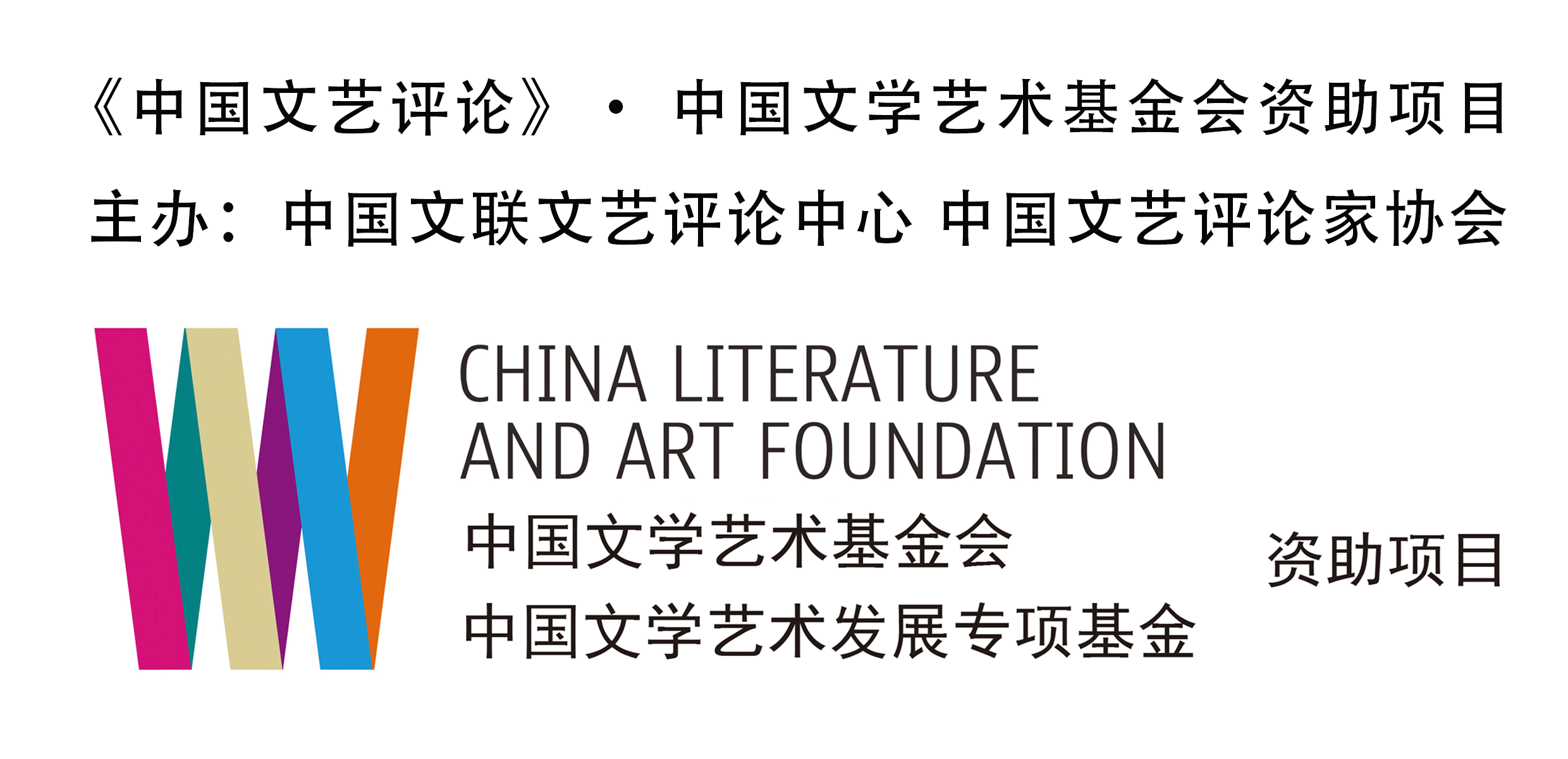

中国文艺评论网
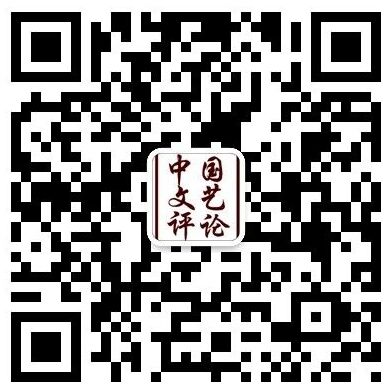
“中国文艺评论”微信公号

“中国文艺评论”视频号